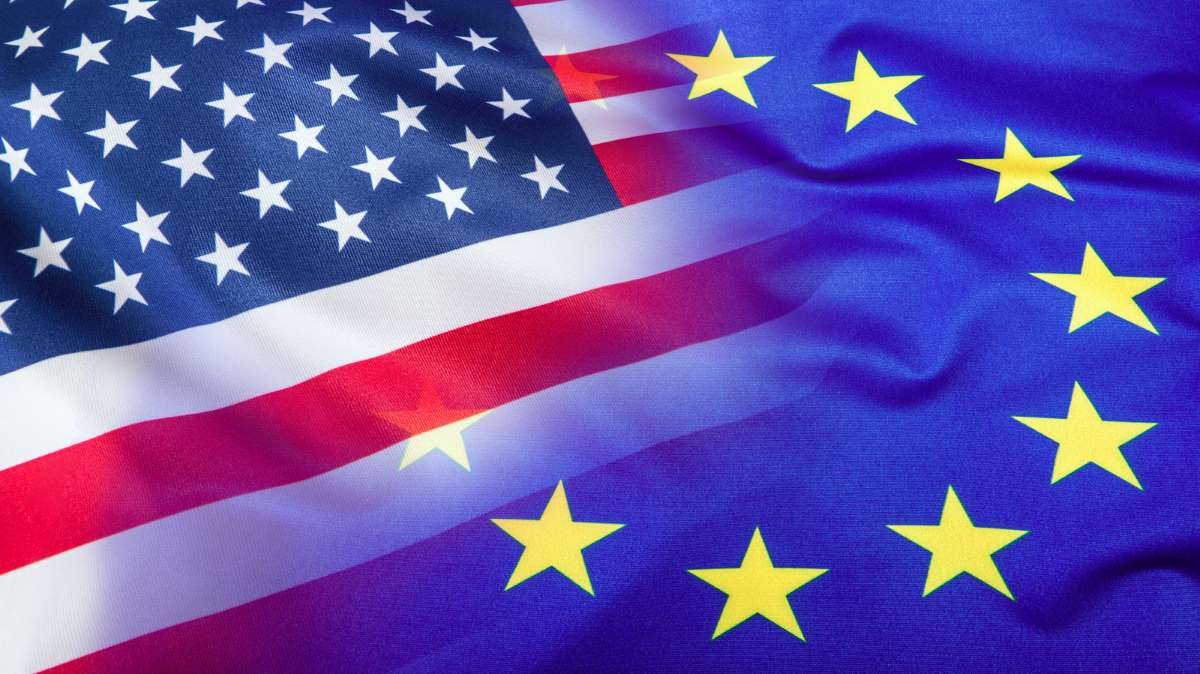
Burberry, the iconic British luxury brand, has shown mixed signals in its recent performance. The brand reported a 10 per cent increase in full-year revenue for the fiscal year ending April 1st, 2024. This translates to £3.1 billion. Attributable profit also rose to £490 million, compared to £396 million the previous year. However, the full picture is more nuanced. The growth came after a period of stagnation, and some analysts point out that it hasn't fully recovered pre-pandemic levels.
Not an industry anomaly
Luxury brands worldwide have experienced similar trends. While there's growth, it's not at pre-pandemic levels. The industry grapples with rising inflation and a cautious consumer. However, some brands, particularly those with a strong presence in China, have fared better.
It's difficult to say definitively if UK luxury brands are disproportionately affected. Burberry's performance can't be solely attributed to its nationality. Burberry's performance can be attributed to factors beyond just its nationality. However, it's worth noting that some analysts suggest European luxury houses, compared to their American counterparts, might be lagging due to a slower pivot towards online sales.
Revival plans and challenges
Burberry's new management implemented revival plans, including a focus on core categories like outerwear and leather goods. While there's been progress, full turnaround might take time. The "uncertain macroeconomic environment" as acknowledged by Burberry itself presents a challenge.
Meanwhile, China's recovery is crucial for Burberry. However, the country's strict COVID-19 policies can disrupt supply chains and consumer spending. Burberry needs to navigate this complex market effectively.
Burberry's strategic plans include continued investment in digital channels, a focus on sustainability, and a renewed emphasis on its British heritage. The success of these plans will determine the brand's long-term trajectory. Despite challenges, Burberry maintains its mid-term goals of achieving £4 billion in revenue and a 20 per cent adjusted operating margin. Here are some potential strategies:
Maintaining momentum in China: Burberry needs to navigate the complexities of the Chinese market while capitalizing on its current growth there.
Digital focus: Continued investment in e-commerce and online brand engagement is crucial for reaching a wider audience.
Product innovation: Lee's focus on reinvigorating Burberry's core offerings and brand identity seems promising.
Retail analyst Sarah Jones says, "Burberry's recent performance indicates a step in the right direction. However, long-term success requires a focus on brand differentiation, a strong digital presence, and navigating the complexities of the global market.”
Indeed, Burberry's story highlights the complexities of navigating the luxury fashion landscape. While there are positive signs, the brand's future success depends on its ability to adapt and innovate in a dynamic market.












